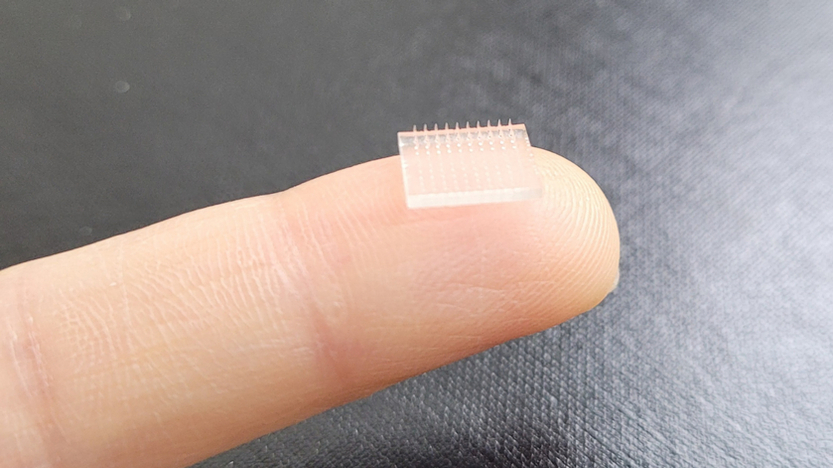Scientists might have found a better way to administer vaccines that doesn’t require a needle.
According to TheBrighterSide, scientists at Stanford University and the University of North Carolina at Chapel Hill have created a vaccine patch that they say provides greater protection than a standard shot. The patch, which is 3D-printed, needs to be applied directly to the skin. The skin is full of immune cells that vaccines typically target, so being able to deploy the dose directly to it has proven very effective in test cases.
A vaccine patch is more effective than standard needle shots

Reports from the Proceedings of the National Academy of Sciences have shown some interesting results, as well. The vaccine delivered by the patch is ten times more effective than one delivered into an arm muscle with a needle. The method is a breakthrough for vaccine deliverance.
Several microneedles line the bottom of the patch. These needles are barely long enough to reach the skin, so they don’t penetrate deep within the body. This allows for more effective delivery.
“In developing this technology, we hope to set the foundation for even more rapid global development of vaccines, at lower doses, in a pain- and anxiety-free manner,” Joseph M. DeSimone, the lead author on the study said (according to TheBrighterSide). DeSimone is a professor of translational medicine and chemical engineering at Stanford University and professor emeritus at UNC-Chapel Hill.
Advantages vaccine patches bring
The advantages that a vaccine patch can bring are astronomical. Getting a vaccine typically requires you to go to a clinic or hospital. In the case of the Covid-19 vaccine, many places have let people get the vaccine at other locations. With regular needles, doctors or health care provides need to get the vaccine from a refrigerator or freezer, and then fill a syringe with it. This requires trained professionals, as well as access to appropriate storage.
Unlike a needle, the patch can be delivered anywhere. Patches also mean less waste, too, as you don’t need to dispose of needles afterwards. A patch could also help relieve people with a fear of needles, as they wouldn’t need to get jabbed to become vaccinated. Other ways scientists have discovered to give vaccines include using a robot to deliver them without using needles.








